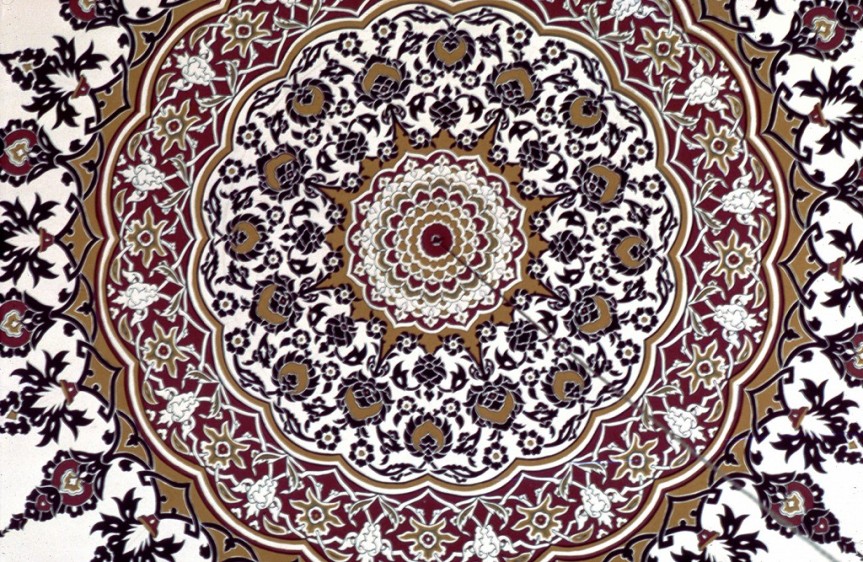I have been holding off this category for so long now, I think I had mentioned to create this Constructing category in September, but look at the date now! I guess I have been too busy lately and/or excessive procrastination. Alas, I have a little bit of time now, so let’s get to it!
For introductions, let us explore a little on what is Islamic art in general briefly.
Islamic art, in this context, is a kind of visual art from the seventh century (during the time of the rise of Islam) onwards, produced by the people who lived within the Islamic lands or within a culturally Muslim population. In this understanding, Islamic art does not necessarily mean exclusively religious, nor does it is confined to merely a specific area. For example, the art created in Damascus, for example, is defined as Islamic as the one made in Djenne or Java. The uniquely collective religion of Islam that does not constraint itself with racial and gender identities or time and space rings true to the description of the Islamic art. As of any other art cultures, Islamic art encompasses many types of art – poetry, dance, music etc but we shall concentrate on the visual Decorative Islamic art.
In general, Islamic decorative art is divided into three, into what is called the Three Islamic Canon. They are –
1 – Calligraphy
 The Basmalah, the recitation of the name of Allah (God) alongside two of His names – Ar Rahman (The Benevolent) and Ar Raheem (The Merciful),
The Basmalah, the recitation of the name of Allah (God) alongside two of His names – Ar Rahman (The Benevolent) and Ar Raheem (The Merciful),
Calligraphic tile panels in Sheikh Lotf Allah mosque in Esfahan, Iran
Calligraphy is considered to be of utmost importance and the most noble of the three canon, due to the fact that in Islam, the word of Allah (God) is written in Arabic, and thus, beautifying the written word of God is the focus of Islamic artisans. Of course, Islamic or Arabic Calligraphy is not limited to sacred texts only but also applied to written poems, poetry or songs, as can be seen on the walls of the famous Alhambra in Spain. there are many styles of Islamic calligraphy in the Islamic world, from the angular Kufic script to the elegant cursive Thuluth.
2 – Arabesque or Islimi

An illustration from 1908 Chambers’s Twentieth Century, showing the Arabesque that can be found in the Great Mosque of Cordoba.
 An Arabesque mural painted on a ceiling in the Selimye Mosque in Edirne, Turkey.
An Arabesque mural painted on a ceiling in the Selimye Mosque in Edirne, Turkey.
Arabesque or Islimi in Islamic art vocabulary refers to the vegetal and flower inspired motif used by Islamic artists. While it is as essential and ubiquitous to the Islamic art, to pinpoint the origins of this part of the Islamic Art Canon is difficult. Arabesques can be seen in all matter of mediums as well as anything Muslim Artisans can decorate such as on book covers, carpets, tiles, ceilings etc.
3 – Geometric
A Geometric pattern of twelve pointed stars, five pointed stars and eight pointed stars
 A painted wooden door in Fez, Morocco, featuring essentially similar pattern
A painted wooden door in Fez, Morocco, featuring essentially similar pattern
Geometric patter that results in the shapes of stars have a universal appeal to Islamic artisans. They exudes an aura of otherworldliness without associating it to a specific doctrine. However, Geometric art has become so essential as a part of the Islamic art that they are related automatically. The complexity and infinite quality of the patterns produced gives it a sense of spirituality and awes the beholder.
Next article under this category, we will discuss the Geometric part of the Three Islamic Canon, and we will look into the most common patterns to appear under this subject.





Thank you. This is a very enjoyable blog.